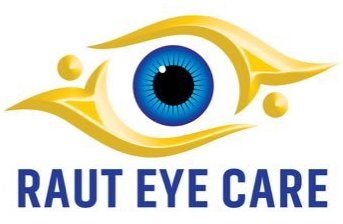
Color Blindness Test is a type of vision test that is used to assess a person's ability to distinguish between different colors.The test involves the patient identifying different colored dots, lines, and shapes in a pattern.
Certain colors are more difficult to identify than others, and depending on the level of difficulty, the patient's color vision can be categorized as normal or color deficient.It is important to note that Color Blindness Test can only diagnose color deficiency, not color blindness.
Common types of color deficiency tests include the Ishihara Test, the Farnsworth-Munsell 100 Hue Test, and the Anomaloscope.Color Blindness Tests are used to diagnose color deficiency in children and adults alike.
The results of the Color Blindness Test can help doctors determine the best course of treatment for the patient, such as corrective lenses or color filters.






